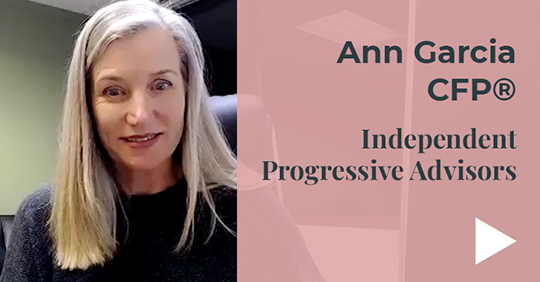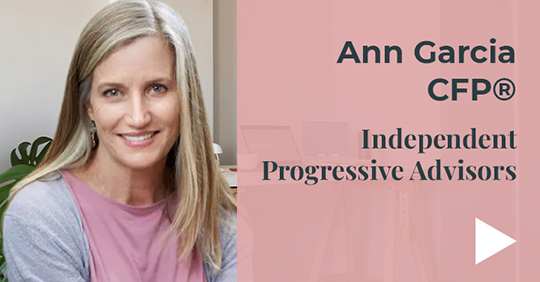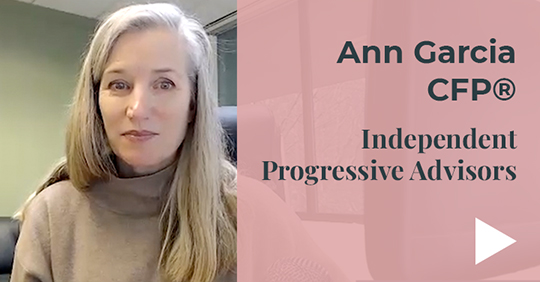
To kick off financial aid season, we spoke with John Gudvangen, Associate Vice Chancellor of Enrollment and Director of Financial Aid at the University of Denver, about the financial aid process. During our conversation, John covered the basics of the FAFSA and CSS Profile and how families should approach the application process. Read our conversation and see what tips John has to share.
Let’s start with the FAFSA. Where do families go to complete the FAFSA and how can they prepare ahead of time?
John: The FAFSA stands for the Free Application for Federal Student Aid. It’s the form used by essentially every college or university in the country and requires students and often their parents to complete.
What colleges are doing with the FAFSA is determining each family’s eligibility for federal student aid. Federal student aid can include Pell Grants, which are typically available for lower income families, and federal student loans and work study programs, in which colleges receive funds from the federal government to help employ students while they’re enrolled in college. These are the main types of federal aid.
When a family is completing the FAFSA, they share some information about income and assets and answer a few other questions. Then their eligibility is determined by a formula set by Congress. Families of incoming freshman only need to complete the FAFSA once, even if they are applying to multiple colleges. A new FAFSA is required each year.
If a student applies to a college and gets in, the financial aid office will review their FAFSA information and use it to produce a financial aid offer for the student. They might use some additional information, too, but we’ll talk more about that.
What is the CSS Profile and why do some colleges, like the University of Denver, use it?
John: While every college requires the FAFSA, many institutions, particularly those that provide the most need-based grants and scholarships from their own resources, also use the CSS Profile. It’s a tool through the College Board used by about three hundred schools. Similar to the FAFSA, families fill out the CSS Profile one time and indicate which of the schools using the Profile should receive their information.
A college will use the CSS Profile to do a better assessment of a family’s needs and to provide grants and scholarships to help make the college affordable. If we just use the FAFSA, we don’t have enough information. So, the Profile is a form used by some colleges to provide institutional need-based aid.
When families submit one or both financial aid forms, what happens next? I think this step might be overshadowed by the admissions process.
John: You bring up a great point worth remembering: the admissions timeline is often the same time as financial aid. Some families might say, “Well, okay, as soon as we hear about admissions, we’ll apply for aid.” But that’s later than schools expect you to apply.
Usually, you need to be applying for aid while you’re applying for admission. If a school admits you, the financial aid office will also be able to prepare your award letter. And that’s key – staying on track and not missing deadlines, so you’re eligible for all the school might offer.
Depending on timing, once an admissions offer is made internally, and before a student might be notified, the financial aid office gets all the necessary information to prepare an award letter for the student. We’re looking at the information from both the FAFSA and the CSS Profile – if the school uses the Profile.
The school uses this information to assess a family’s ability to pay. That’s partly what we’re looking at. What can the family afford? And then we look at the difference between what the family can afford and the cost of the school. That is need-based aid.
You want the school to do this assessment and see how they can apply their resources to help you afford the institution – and maybe even meet your full need.
This is a good time to bring up affordability. We want students to understand that college is affordable, and that affordability is not necessarily related to the sticker price.
Families often think, “Oh no, we can’t even look at that school. It’s too expensive.” But you don’t really know unless you’ve used a college’s net price calculator or a quick cost estimator. This is a necessary step and can be very eye-opening. That high sticker price school might be your most affordable option.
You talked about this already, but I think it’s worth noting again. Assuming a student is accepted, how long after they submit their financial aid form can they expect to hear back from a college?
John: Each college has its own set of expectations around timelines. And you can probably tell I’m avoiding saying “deadline” because most schools actually use “priority timeline.”
The thinking is, “We need things by X date if we want to get you an offer of admission and financial aid within the timeframes that we’ve established.”
Let’s look at it from two big timelines.
Many students apply early decision or early action to a school in November or December of senior year. So, most schools would also expect to receive financial aid applications by that time. However, this year is different. The FAFSA application for the 2024-2025 academic year is delayed until December 2023. For students applying early decision or early action, you might not be able to complete the FAFSA until after you submit your admissions application. In this instance, most colleges will provide an estimated award to families and then follow up and confirm financial aid once the FAFSA is submitted. To be safe, I recommend checking with each college to understand how they will treat early admission applicants.
The other timeline is for regular admissions, which is around mid-January to February, even March. Under this timeline, depending on the school, students might hear back mid-February to March or on a rolling basis.
What other tips and words of advice do you have for families?
John: If it’s after October 1st in your senior year, you have all the information you need to apply for financial aid using the FAFSA and CSS Profile. As noted earlier, the FASFA will be available sometime in December 2023, but you can still access the CSS Profile starting October 1st. Both forms ask for information from two years prior, so in 99% of cases, you and your family have already filed that tax return. For instance, for those entering college in the fall of 2024, families will be using the 2022 tax return. Families have already filed that tax return and the same is true for the CSS Profile.
Another piece of advice is when the FAFSA asks you if you want to transfer your tax information directly from the IRS to your FAFSA form. You should answer “yes.” It helps you in the process and means the school is certain to have the correct information – and you’re less likely to be asked to provide more information.
Finally, keep in mind schools that are going to provide a significant amount of need-based aid may ask for more information, like a copy of your tax return. Look at each school’s requirements for that. Most schools are trying to keep this extra work reasonably straightforward and simple.
John: Sure. At the University of Denver, we have 5,800 undergraduates from across the country and around the world. Maybe 25% of students are from Colorado, but most come from more than 1,000 miles away. It’s a great place to get not only a fantastic liberal arts education, but top-notch training opportunities and internships in the city. Plus we are in the most beautiful part of the country – not that we’re biased or anything!
It’s a fine option and that’s the whole point of our conversation discussing costs. We know University of Denver might be a great option for many students, and we want to help students find their best options.












